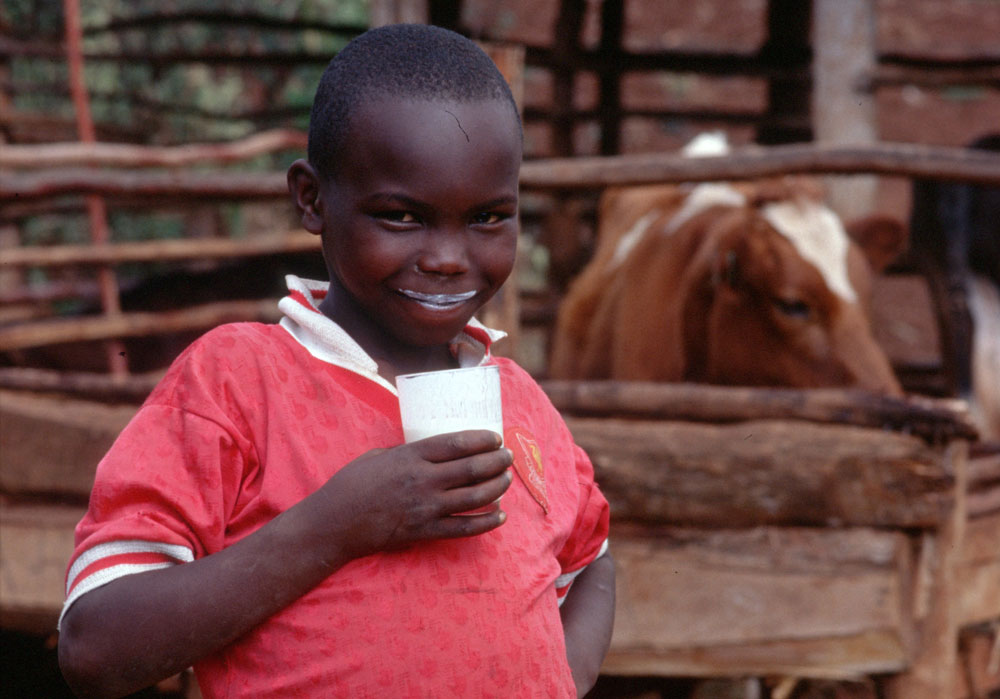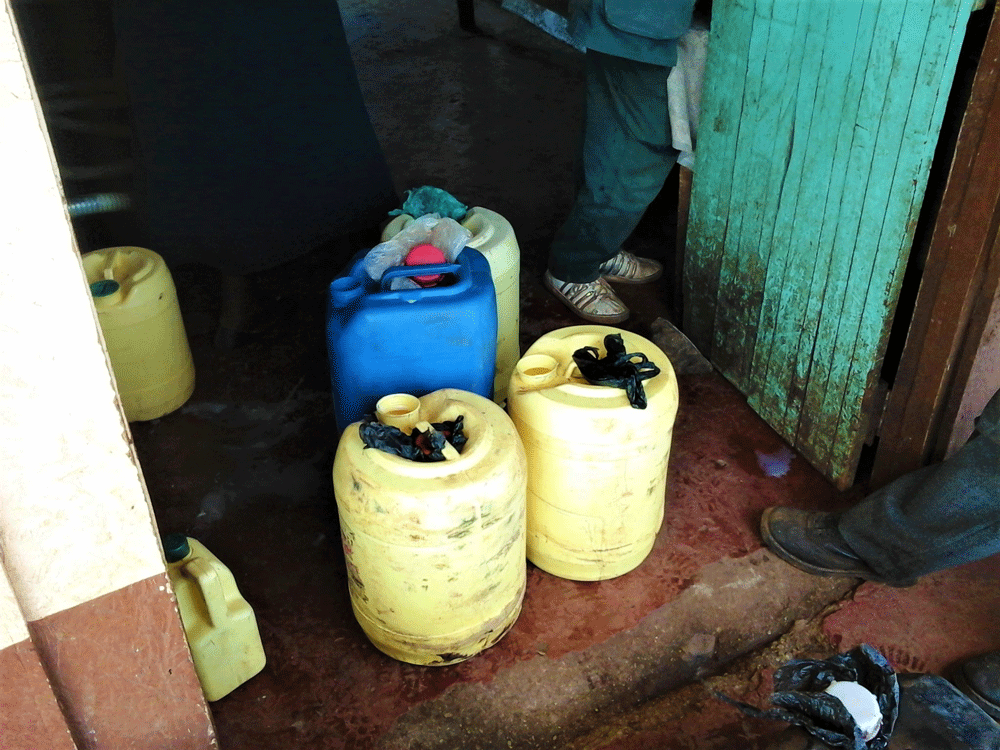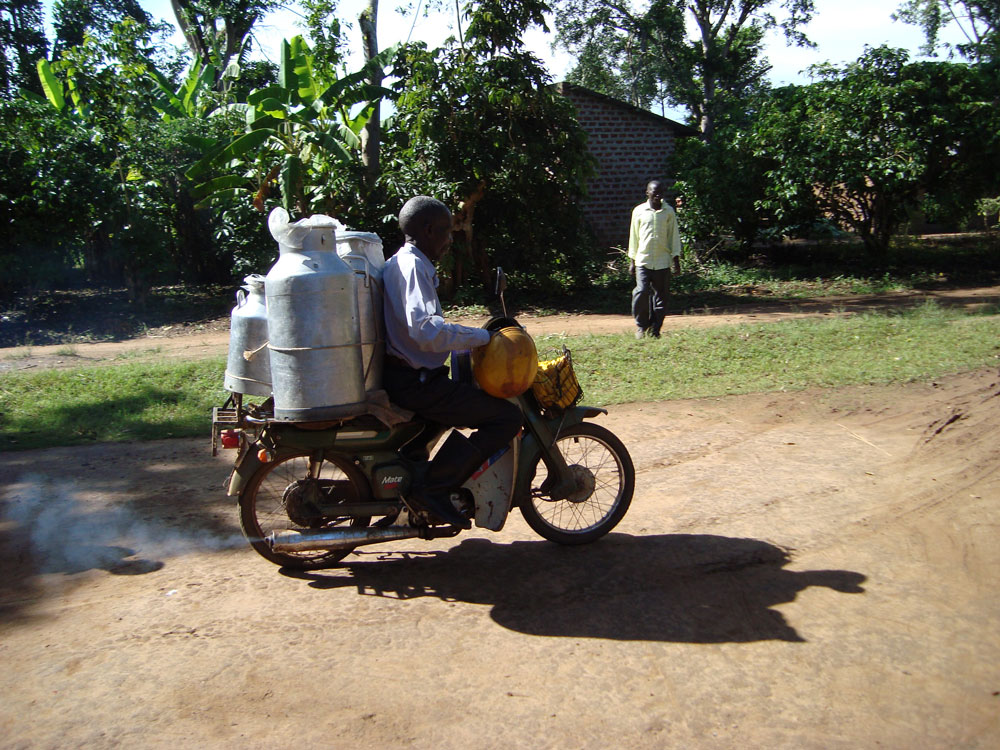Nutritious and versatile, milk is like white gold. This high-value product is especially popular in Kenya, where families on average spend 18% of their budget on dairy products. But recently it was reported that milk sold at local markets contains toxic chemicals. Contaminated milk isn’t only a major food safety issue, but also puts dairy farmers in a tight spot.
Chemical contamination of milk was reported in January 2019, with aflatoxin being the main contaminant.
Aflatoxins are highly toxic and linked to cancer, rates of which has recently gone up in Kenya. An average Kenyan consumes more than a hundred litres of milk yearly, and there is possibility that high consumption of the “white gold” could be one of the causes.
Olivier Basole Kashongwe, lecturer and researcher at the department of animal sciences at Egerton University in Kenya, conducted extensive research on milk production systems, all the way from farm to fork. He found that the source of the problem is threefold: poor farm-level practices, transportation and access to market.
A matter of bad practices
Firstly, aflatoxin is produced by humidity loving moulds if the storage facilities are damp. And when the moulds grows on the livestock feed aflatoxins end up in the milk.
Secondly, while hygienic aluminum cans are the most preferable way to transport milk, the size of the cans exceeds the production capacity of a single smallholder. Therefore, farmers either use smaller plastic containers which don’t meet the hygiene requirements for milk delivery. Or the milk is pooled from several farms to fill up the aluminum cans, snowballing contamination and tangling the tracks.
Finally, the milk that reaches the market should be checked. But the authorities lack the capacity to reinforce quality control, and so contaminated milk reaches the markets without being noticed.
“The market should reject milk with aflatoxins. But it is common that informal traders who want to bypass the law sell contaminated milk illegally in towns, especially when the regulators are not there or not able to find them,” says Olivier.


